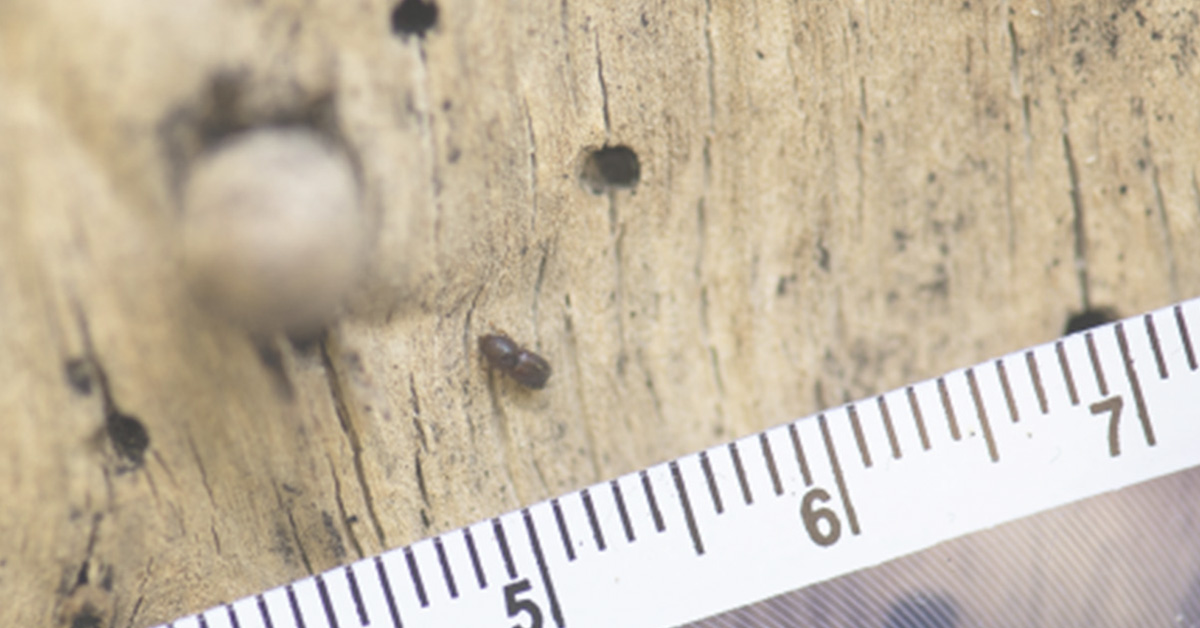The national response to the invasive polyphagous shot-hole borer (PSHB) has officially transitioned from an eradication effort to a long-term management and containment strategy, following a decision by the National Management Group. This policy shift acknowledges that eliminating the pest from Western Australia is no longer considered technically feasible. For agritourism operators, particularly those in the Perth metropolitan area and surrounding regions, this means the focus now moves to diligent monitoring, strict biosecurity practices, and adapting to living with the pest to protect the state’s valuable tree canopy and horticultural industries.
The State Government has provisioned $26.5 million in the 2025-26 budget to fund the new management plan. The core objective is to slow the borer’s spread, limit its impact on healthy trees, and shield the state’s vital agriculture and tourism sectors from significant damage. The two existing quarantine zones in the Perth metro area will remain to reinforce these containment efforts.
What This Means for Farm and Tourism Operators
The transition to a management phase places a greater emphasis on landowner responsibility and ongoing vigilance. The health and aesthetic appeal of trees are often a central part of an agritourism property’s visitor experience, from heritage fruit orchards to avenues of mature shade trees. Protecting these assets is now a critical part of farm management.
Key implications for WAAA members include:
- Ongoing Quarantine Rules: Strict rules on the movement of wood and plant material from the Perth quarantine area remain in place. Operators must ensure they and their suppliers comply with these regulations to prevent inadvertently spreading the pest to new regions.
- Increased On-Farm Surveillance: Proactive monitoring for signs of PSHB infestation is crucial. Early detection can help manage an outbreak and limit tree losses.
- Investment in Research: The government has committed an additional $2.17 million to fund new WA-based research into chemical treatments and other control methods. WAAA will monitor this research and provide updates on any new, effective management tools that become available to landowners.
“We’ve been watching this situation closely. Our mature river gums are not just shade for our stock; they are a huge part of our farm’s landscape and what our visitors come to see,” commented a farm stay operator on the edge of the metropolitan area. “Knowing this is now about long-term management means we need clear, practical advice on how to protect our trees and what to do if we find an infestation.”
Community Reporting and Resources Remain Critical
Agriculture and Food Minister Jackie Jarvis has stressed the importance of community involvement in the new phase. “We need the community more than ever, and I urge everyone to continue reporting signs of the borer and following wood movement rules,” the Minister stated.
Operators and their staff should be familiar with the signs of shot-hole borer, which include tiny, perfectly round entry holes in tree bark, often surrounded by staining, sawdust, or crystalline foam. Any suspected sightings must be reported immediately to the Department of Primary Industries and Regional Development (DPIRD).
The WAAA urges all members to familiarise themselves with the current quarantine zones and regulations. DPIRD has an interactive online map and resources available to help landowners identify their obligations.
- Report sightings via the MyPestGuide Reporter app or online at mypestguide.agric.wa.gov.au.
- Check quarantine zones and rules on the DPIRD website at www.dpird.wa.gov.au/pshb.
This policy shift signals that PSHB is now an ongoing biosecurity challenge for Western Australia. Proactive management and adherence to quarantine protocols are the key tools for protecting the natural assets that are fundamental to the agritourism industry.

Leave a Reply